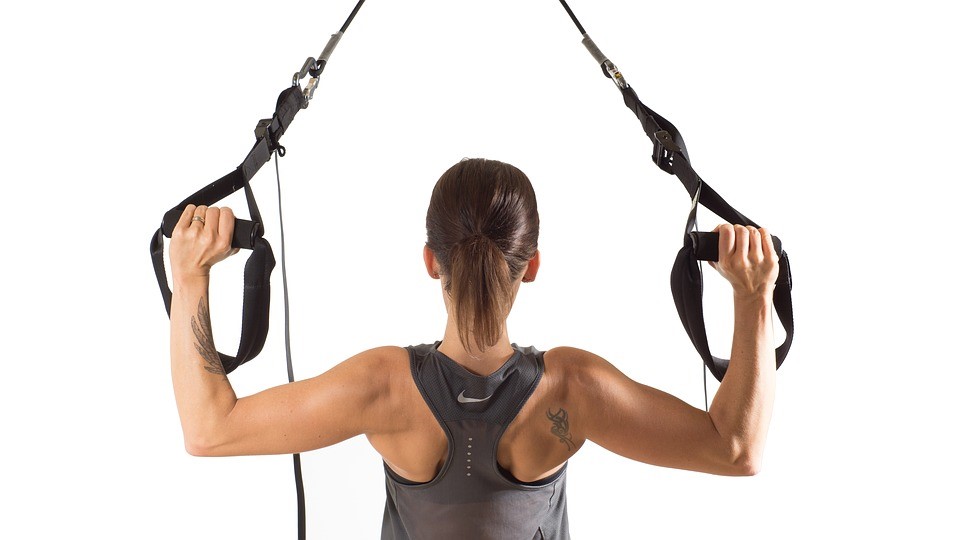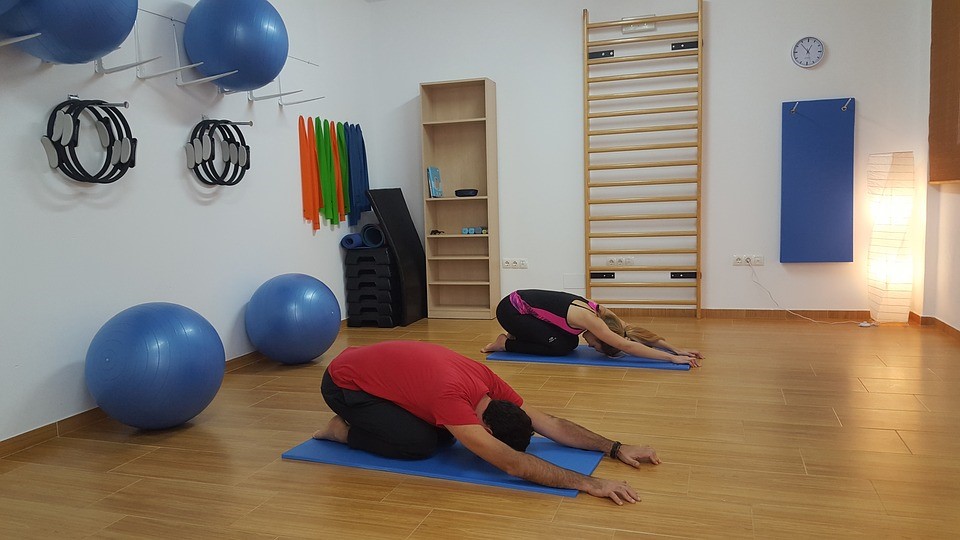When Can I Return to Exercising? The Timeline of Rotator Cuff Rehab – Early Phase (Weeks 1-6)
Let’s talk about one of the most nagging and limiting shoulder injuries out there: rotator cuff tears. The diagnosis used to bring up discussions about “career ending injury” among sports analysists, but due to advances in surgical techniques and rehabilitation data, it seems the topic has shifted to “will athletes be as dominant upon their return? “
A study by Surena Namdari in the Journal of Athletic Training looked at pitching performance outcomes (innings pitched, earned run average, walks and hits per inning pitched, and strikeouts per 9 innings) in MLB players who needed to undergo rotator cuff surgery. The study looked at the previous 3 seasons leading up to injury and the following 3 seasons after injury, and it found that players who sustained a rotator cuff tear tended to be older, more experienced, and a starting pitcher.

Outcomes showed that only 73% of players requiring RTC surgery returned to play in the MLB and the average time of return to play was 17 months! Even more interesting, all performance outcomes improved in the players required surgery, but NONE of the players returned to their baseline level of play in the first 3 seasons after surgery.1
Although rotator cuff tears are common among overhead throwing athletes and contact sports, this injury is not just prominent in the athletic community.2 Rotator cuff tears are often considered an age-related degenerative disorder that can be found in about 20% of people over the age of 65!3 And this injury really affects quality of life as it makes daily tasks such as dressing, grooming, and lifting objects difficult and painful, not to mention interfere (if not completely eliminate) the ability to perform recreational activities.

The first line of treatment for a rotator cuff injury continues to be anti-inflammatories, corticosteroid injection, and a comprehensive rehabilitation program with a physical therapist. This IS the “Gold Standard” when it comes to treatment.2 However, occasionally the tear is either too large to fully recover with conservative treatment, or a person’s level of activity necessitates that a rotator cuff be repaired with surgery.
One of the most common questions I get from clients after a rotator cuff repair is the timeline question. “When can I return to: (insert favorite activity here) work, swimming, golf, baseball, lifting?”

And that’s understandable! It would be my first question as well because the whole reason you got the surgery in the first place is so you can continue to perform your favorite recreational activities. Life would be dull and dreary if we didn’t have that baseball game, Saturday morning swim, fishing trip, or work ping pong match to look forward to.
The difficult part about answering this question is that it can be variable person to person based on a couple factors: size of tear, location of tear, age of patient, tissue quality, type of repair, previous surgeries, co-morbidities, and level of activity returning to post-op.
One should ALWAYS seek out the care of a professional physical therapist who is knowledgeable and treats this injury on a regular basis, as well as strictly follow the surgeon’s rehab protocol as he was the one who was actually able to assess the rotator cuff tissue quality and repair! With that being said, let’s tackle the question of how soon you will be able to return to your favorite recreational activity.
I will start by discussing what to expect from the recovery process in the “Early Phase” following a rotator cuff repair. This phase lasts from the day of surgery to about 6 weeks after surgery, and the most important goals to achieve during this phase include:
- Maintain the integrity of the repair
- Decrease risk of infection or blood clot
- Control pain and inflammation
- Decrease muscle atrophy
- Begin improving shoulder ROM
- Become independent with daily tasks using modifications to protect repair site
Immediately following the surgery, you will be monitored in the post-anesthesia care unit (PACU) as the effects of the anesthesia or nerve block wear off. Your shoulder will be covered with bandages over the portal sites and placed in an abduction sling, which keeps your shoulder in a position with the least amount of stress on the surgical site. You may feel groggy or nauseous, but the effects of the anesthesia/nerve block will wear off in a few hours and you’ll be able to return home as soon as the nurse ensures your pain is under control and there have been no complications following surgery.

Prior to discharge from the doctor’s office, the MD or nurse will discuss how the surgery went and provide you with written directions on the use of the sling, pain management with ice and medication, instructions on how to keep the wounds clean, and exercises you are able to perform early on. Typical instructions include wearing the sling at all times except for showering and performing exercises with the PT. They will instruct you on how to keep the portal sites covered during showers, no soaking the arm for 3-4 weeks, and to call the MD if the shoulder, arm, or hand becomes swollen, red, or painful as these are symptoms of a blood clot.
In order to protect the repair, the surgeon will usually have you wait 2-3 weeks before you start physical therapy to work on range of motion (ROM). The exercises the doctor will give you to perform at home for the first two weeks will include shoulder blade isometrics, cervical ROM, and ball squeezes with hand. The major focus will be to control pain and inflammation with medication, cryotherapy, and use of sling even while sleeping.
Sleeping is often uncomfortable and difficult to come by in the first two weeks. Most clients report the most comfortable position for sleeping following surgery is in a reclining position (either in chair or bed that inclines) while wearing the sling.
Most people would like to know how soon they can return to work, as they often have a limited amount of paid leave and are worried about work piling up while they are out. This depends on what you do for work. You will not be allowed to move your arm actively for 6-8 weeks or lift objects for the first 8-10 weeks! If you have a desk job that does not require you to move your arm or lift anything, the limiting factor returning to work is actually the pain medication, as you shouldn’t drive or operate machinery while taking opioids. Most people working desk jobs return in the first 2-3 weeks as their pain is usually controlled by this point and they are no longer taking medication.

When you start your physical therapy, the goal is to improve PROM first, which means you are letting the therapist move the arm while completely relaxing the muscles. There is usually limits on how far to progress shoulder PROM for weeks 3-4, and the goal is to restore full PROM at week 6. You will be shown how to replicate these motions on your own at home. You will also be given AROM exercises for the wrist, elbow, and neck to help keep muscles from atrophying in these areas and limit stiffness from wearing the sling.

At weeks 5 and 6, you will discontinue the use of the sling and only use it as needed for comfort, which may come in handy if you will be walking long distances. However, you will still not be allowed to move your arm actively using your own muscles or lift objects.
Hopefully this gives you a better picture on what to expect following a rotator cuff repair from week 1 to week 6. Again, this is a general progress of what most people can expect, but your surgeon may modify and either put you on an accelerated protocol or a more conservative protocol based on the size, location, and tissue quality of the tear.
If you’re interested to find out what to expect in weeks 6-12 (the intermediate phase) following surgery, stay tuned for the next blog as we will discuss what activities most clients begin performing during this time period.
We here at Competitive Edge Physical Therapy are all about providing clients with the most up-to-date evidenced based treatment options. We also enjoy creating an online community dedicated to providing education materials on injuries and rehabilitation, so that people can make more informed decisions about their health. If you have any questions regarding your specific shoulder injury or rehab, contact us at Competitive Edge Physical Therapy for a free consult!
